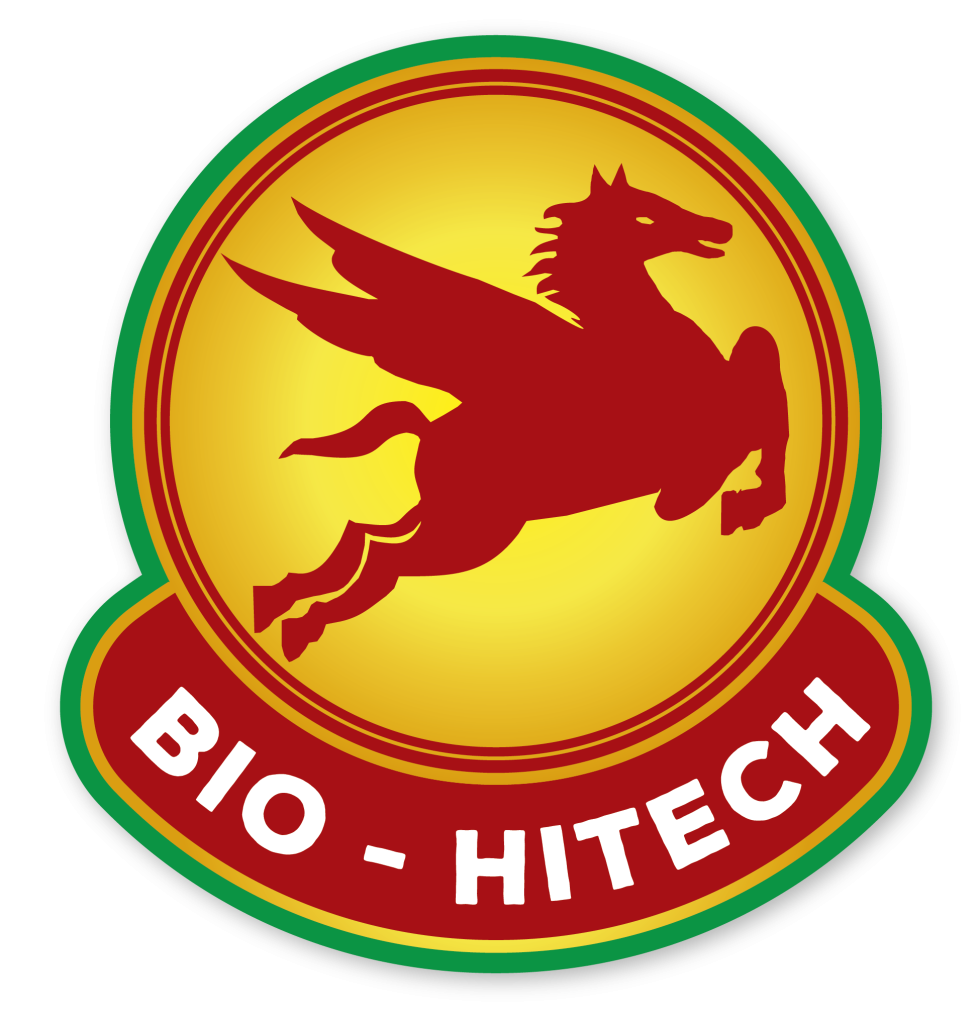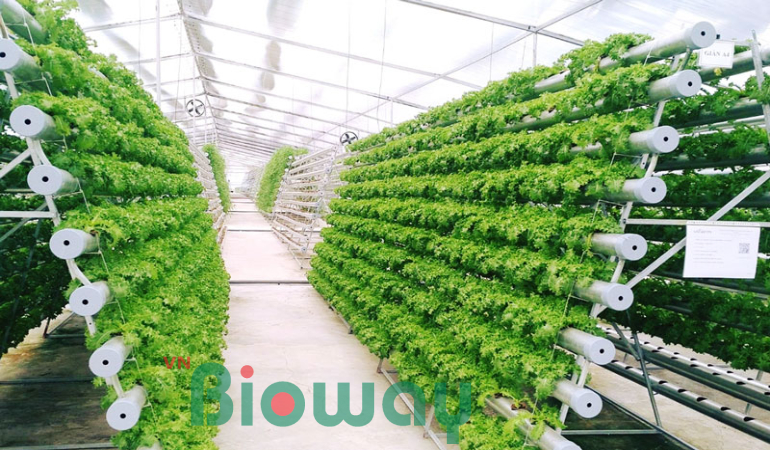Vietnam is moving towards a green agriculture model with the goal of protecting the environment and people, reusing organic waste from production, and preserving resources and ecosystems, by processing agricultural by-products with AT technology and promoting green agriculture through organic fertilizers. However, this model has not yet been widely adopted in Vietnam. So, what is green agriculture and what are the typical models?
Green agriculture is a type of farming that applies processes and technologies that save input materials and use natural resources efficiently. It aims to enhance the competitiveness of agricultural products, develop waste treatment and recycling technologies, while providing stable income and improving the quality of life for farmers, and protecting agricultural resources and ecosystems.
Several notable green agriculture models are currently being applied. One such model is hydroponic vegetable cultivation. With this model, you can grow clean vegetables at home using hydroponic methods. This model not only provides a source of clean vegetables but also offers high returns with low maintenance costs.
Another model in green agriculture is aquaponics, which combines hydroponic vegetable cultivation with fish farming. In this system, fish waste is used as nutrients for plants, and water is recycled. This model provides clean vegetables and fish while maintaining a balanced ecosystem.
The model of integrating tourism with green agriculture is also growing rapidly. Combining tourism with green agriculture makes the tourism product richer and more attractive while providing better income for farmers. Visitors have the opportunity to experience farming activities and connect with nature.
Large-scale field models are another approach in green agriculture. This model involves linking various stakeholders and receiving support from the government with machinery and planting techniques. It helps reduce the area of haphazard farming and ensures environmental safety.
Green agriculture offers many benefits such as reducing emissions and the impact of harmful chemicals, protecting the environment and human health, producing clean products that ensure safety, and maintaining ecosystems and biodiversity. However, there are also some limitations, such as its limited adoption, the higher time and effort required compared to traditional methods, and higher costs.
In Vietnam, green agriculture models are being implemented and yielding promising results, contributing to the development of agriculture and increasing farmers’ income.


 Tiếng Việt
Tiếng Việt


